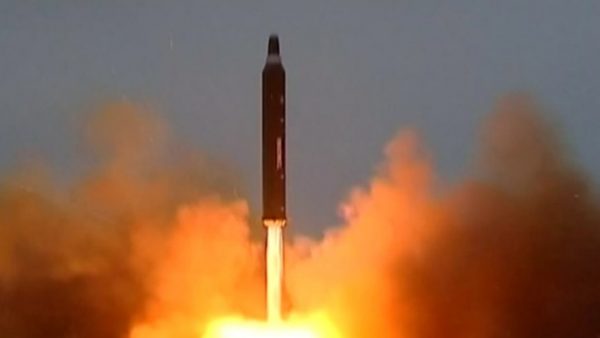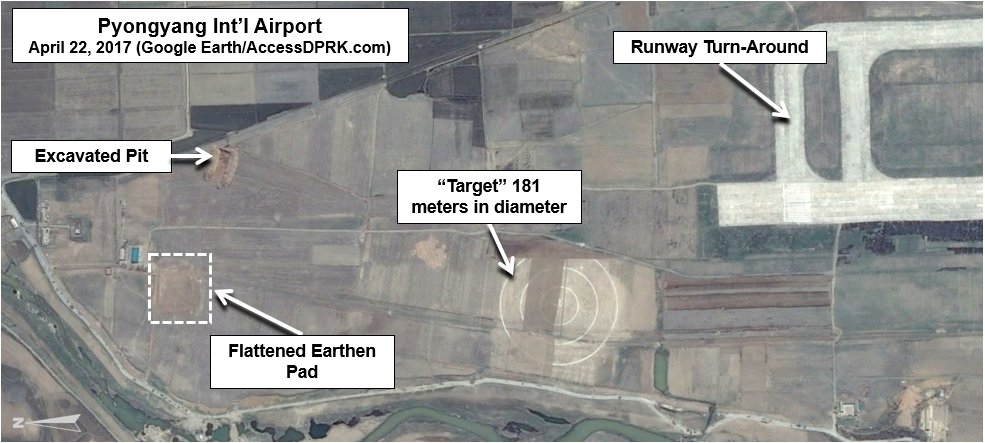As Venezuelans die on the streets, U.N. Human Rights Council remains mum
The Geneva-based UNHRC, whose job is to “uphold the highest standards” of human rights across the world, has not issued one single resolution about Venezuela, nor convened any urgent session to discuss the crisis there, nor called for any inquiry into the deaths of protesters by armed government-backed mobs. More here.
During the relevant time period, ODEBRECHT, together with its co-conspirators, paid approximately $788 million in bribes in association with more than 100 projects in twelvecountries, including Angola, Argentina, Brazil, Columbia, Dominican Republic, Ecuador, Guatemala, Mexico, Mozambique, Panama, Peru, and Venezuela. Read more here as a part of this case is defined by the U.S. Justice Department due to several associated persons were located in New York and Miami.It is a global cascade of corruption where none other than Nicolas Maduro of Venezuela is a player in the scandal.For years, Latin America’s construction giant, Odebrecht, built some of the region’s most crucial infrastructure projects.
Now it is becoming well-known for another superlative: it is involved in one of the biggest corruption cases in history.
Last year, the Brazilian-based group signed what has been described as the world’s largest leniency deal with US and Swiss authorities, in which it confessed to corruption and paid $2.6bn (£2.1bn) in fines.
Seventy-seven company executives have agreed to plea bargains with Brazilian authorities, and their statements to investigators are being made public. More here from BBC.
*** 
A day after President Nicolas Maduro said he would seek an international arrest warrant against her, Venezuela’s sacked chief prosecutor accused him of corruption, Business Insider reported on Wednesday.
Luisa Ortega
(Photo: Cancillería del Ecuador, CC BY-SA 2.0)
“I want to denounce, in front of the world, a grave situation in Venezuela: that of excessive corruption,” Luisa Ortega said at a press conference in Brazil.
She claimed she had evidence that President Maduro and Socialist Party titans such as Diosdado Cabello and Jorge Rodriguez have ties to the Odebrecht scandal.Additional summary here.
If you wonder where much of the wealth of Venezuela has gone due to being one of the most richest nations due to oil reserves, look no further than what the banks across the globe may know. Ortega Díaz also said authorities in Switzerland requested information regarding the accounts of several Venezuelan officials over alleged links to the bribes, including a list of all Venezuelans who received deposits from Odebrecht directly or indirectly.
The world is an ugly place where peril is a human condition in 2017. World leaders offer feeble attempts to regain some kind of balance, when it comes to Venezuela, a large country in the Western hemisphere, humanity fails humanity.
Much of the population in Venezuela has been suffering beyond the scope of what media reports. Here is a sad example:
Giving away their children…
Struggling to feed herself and her seven children, Venezuelan mother Zulay Pulgar asked a neighbor in October to take over care of her six-year-old daughter, a victim of a pummeling economic crisis.
The family lives on Pulgar’s father’s pension, worth $6 a month at the black market rate, in a country where prices for many basic goods are surpassing those in the United States.
“It’s better that she has another family than go into prostitution, drugs or die of hunger,” the 43-year-old unemployed mother said, sitting outside her dilapidated home with her five-year-old son, father and unemployed husband.
With average wages less than the equivalent of $50 a month at black market rates, three local councils and four national welfare groups all confirmed an increase in parents handing children over to the state, charities or friends and family.
The government does not release data on the number of parents giving away their children and welfare groups struggle to compile statistics given the ad hoc manner in which parents give away children and local councils collate figures.
Still, the trend highlights Venezuela’s fraying social fabric and the heavy toll that a deep recession and soaring inflation are taking on the country with the world’s largest oil reserves.
Showing photos of her family looking plumper just a year ago, Pulgar said just one chicken meal would now burn up half its monthly income. Breakfast is often just bread and coffee, with rice alone for both lunch and dinner.
Nancy Garcia, the 54-year-old neighbor who took in the girl, Pulgar’s second-youngest child, works in a grocery store and has five children of her own. She said she could not bear to see Pulgar’s child going without food.
“My husband, my children and I teach her to behave, how to study, to dress, to talk… She now calls me ’mom’ and my husband ’dad,’” said Garcia.
ABANDONED
In some cases, parents are simply abandoning their kids.
Last month, a baby boy was found inside a bag in a relatively wealthy area of Caracas and a malnourished one-year-old boy was found abandoned in a cardboard box in the eastern city of Ciudad Guayana, local media reported.
Gil said that she had helped find places in orphanages for two newborns recently abandoned by their mothers in hospitals after birth. More here from Reuters.





 KCNA has released photos of the HS-12 launch that overflew Japan
KCNA has released photos of the HS-12 launch that overflew Japan

